As the world grapples with the climate crisis, a great business and energy story is being written in China. The country, known as the planet's largest emitter, is making a dramatic pivot, with ambitions to become the "clean energy powerhouse of the world".
And the epicenter of that revolution lay in an unlikely place: the Tibetan plateau.
"Roof of the world" becomes a giant power plant
On the vast plateau of Qinghai Province, at an altitude of nearly 3,000 meters above sea level, a surreal scene stretches out to the horizon. It is a "sea" of sparkling solar panels, covering a large area, reflecting the harsh sunlight of the land of thin and clear air. Interspersed between the panels are rows of towering wind turbines, rising from the grasslands to exploit the cold night winds, supplementing the solar power source during the day.
This is the Talatan Solar Park, part of China’s mega-energy project. At 420 square kilometers, it’s seven times the size of Manhattan Island, making it the largest solar farm on the planet. But the ambitions don’t stop there. Plans for expansion will take it to 610 square kilometers, roughly the size of Chicago, and the ultimate goal is to be 10 times the size of Manhattan in just three years.
No other country in the world has taken advantage of high altitude for renewable energy on the scale that China has. The Tibetan plateau has ideal conditions: sunlight that is much stronger than at sea level, cold air that boosts the efficiency of solar panels, and vast expanses of desert with a sparse population.
The Talatan cluster alone has an installed capacity of 16,930 MW, enough to power every household in a major city like Chicago. Combined with the 4,700 MW of wind power and 7,380 MW of hydropower nearby, Qinghai is transforming itself into the "green energy heart" of the entire country.
Behind this staggering scale lies a carefully calculated business and energy security strategy. With vast state capital and long-term planning capabilities, Beijing is gradually reducing its dependence on imported oil, gas and coal – a top national priority. It is not just building power plants, but creating a complete industrial ecosystem.

An endless sea of solar panels stretches across the Tibetan plateau, where China is betting big on a clean energy future (Photo: The New York Times).
Symphony of renewable energy
What makes the Tibetan Plateau project different is not just the scale of each type of energy, but the clever combination of them. It is a complex “symphony” where each “instrument” plays an integral role in ensuring a stable power supply.
Solar power provides abundant power during the day. When the sun goes down, giant wind turbines take over, harnessing the powerful nighttime winds. But the biggest problem with renewable energy is its inconsistency. The wind doesn’t blow all the time, and the sun doesn’t shine 24/7.
China’s answer lies in hydropower. Eight dams have been built along the Yellow River, where it drops off a plateau at a drop of more than 1,000 meters. They not only generate electricity, but also act as giant “natural batteries.”
"When solar power is not enough, we use hydropower to compensate," said Mr. Chu Nguyen Khanh, Director of the Department of Energy of Qinghai Province.
China is even building two hydroelectric projects near Talatan. During the day, when solar power is abundant and cheap, the system will use this electricity to pump water from a lower reservoir to a higher mountain reservoir. At night or during peak times, the water will be released through giant pipes, turning turbines and generating electricity.
This is a sophisticated technical solution for storing energy on a very large scale, overcoming the fatal weakness of solar and wind power.
Cheap energy and a boost for the digital economy
The investment rush into renewable energy has created a very attractive product: cheap electricity. In Qinghai, solar and wind power are now 40% cheaper than coal. “This is a huge competitive advantage,” said Zhu Yuanqing, director of the Qinghai Provincial Energy Department.
One of them is the polysilicon industry - the core material for making solar panels. Moving quartz refineries here not only reduces product costs but also creates a closed cycle, when solar panels are produced with the clean energy they generate. This helps China consolidate its dominant position in the global solar panel market.
Another big customer is the future of the economy: data centers and artificial intelligence (AI). Qinghai aims to increase the size of its data centers fivefold by 2030. The cool air at altitudes above 3,600m helps these centers save up to 40% on electricity costs for cooling compared to those located in the plains. The warm air emitted from millions of servers is even collected and directed through underground pipes to heat people’s homes, replacing traditional coal-fired boilers.
From Qinghai, data is transmitted at high speed to major tech hubs like Shanghai. Some of the AI programming for the robots performing at the recent Lunar New Year Gala was also processed there. But there are limits. Applications that require near-zero latency, like self-driving cars, still require data centers located near major cities in the East.
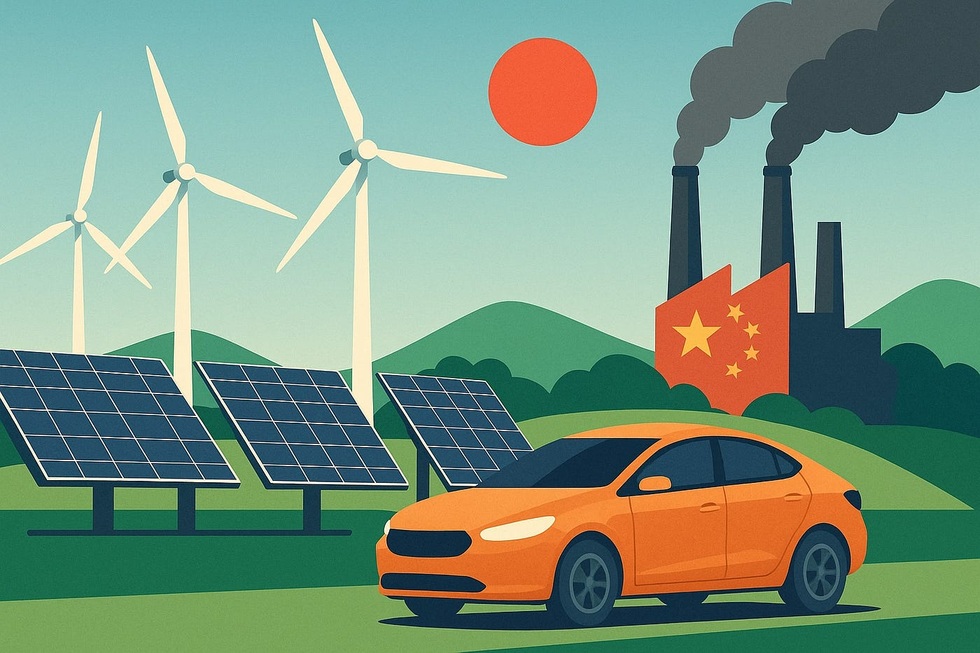
In 2025, solar energy will continue to boom globally, with China leading by a large margin compared to other countries (Photo: Medium).
Unexpected Turn and Remaining Challenges
The massive investment in green energy is finally starting to pay off, surprising global observers. A study by the Center for Research on Energy and Clean Air (CREA) found that China’s carbon emissions fell 1% year-on-year in the first half of 2025, continuing a positive trend that began in March 2024.
A 1% figure may sound modest, but for an economy the size of China, it is a hugely significant signal, suggesting the country could peak emissions much earlier than its 2030 target.
“For the first time, we are seeing a structural trend of emissions reduction in China,” said Lauri Myllyvirta, chief analyst at CREA.
What’s remarkable is that emissions are falling even as electricity demand is still growing by 3.7%. The secret is the pace at which clean energy capacity is being added. In the first six months of 2025 alone, China added 212 GW of solar capacity – more than the total solar capacity of the entire United States (178 GW) by the end of 2024. Solar has already surpassed hydropower, and will soon surpass wind as the largest source of clean energy there.
Li Chang, director of the China Climate Center at the Asia Society Policy Institute, called it "a turning point in global efforts to combat climate change" and "a rare ray of hope in an otherwise bleak climate picture."
However, the road ahead is still full of thorns. The biggest challenge is how to integrate this huge green power source into a national grid designed for stable coal-fired power plants. Transmitting electricity from the sparsely populated western provinces to the densely populated industrial and residential centers in the east is also an extremely expensive infrastructure problem.
And the biggest hurdle remains its reliance on coal. Despite its efforts, China still burns as much coal as the rest of the world combined. To reach carbon neutrality by 2060, the country will need to reduce its emissions by an average of 3% each year over the next 35 years.
China’s energy race is a complex story of economic ambition, national security, and environmental responsibility. The journey from “the world’s factory” to “the world’s clean energy powerhouse” is still in its early stages. But what is happening on the Tibetan plateau shows that when a giant truly transforms, it can have world-changing effects.
Source: https://dantri.com.vn/kinh-doanh/dieu-bat-ngo-sau-bien-pin-mat-troi-lon-chua-tung-co-cua-trung-quoc-20251010154725007.htm
















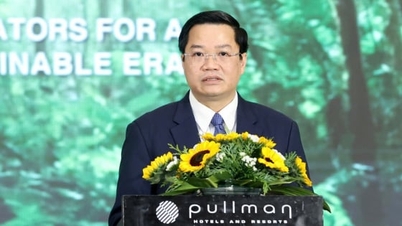
















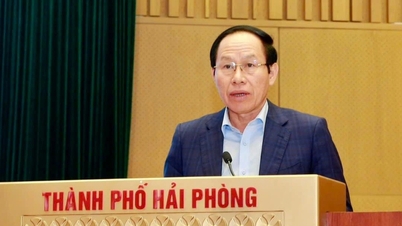



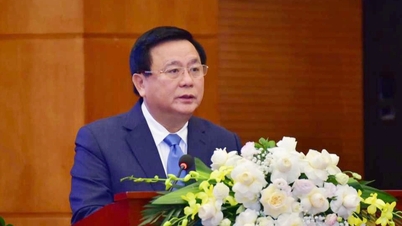
























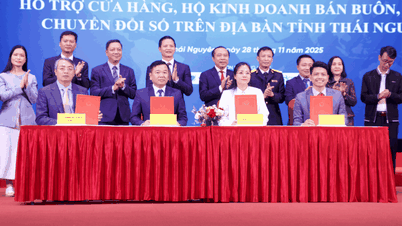






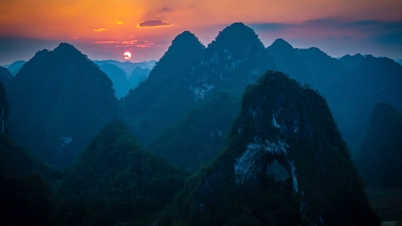




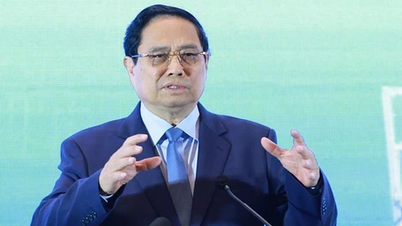

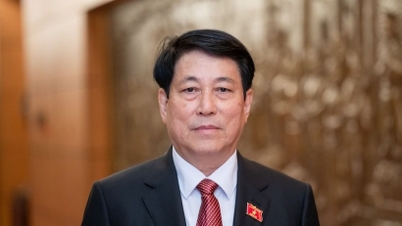


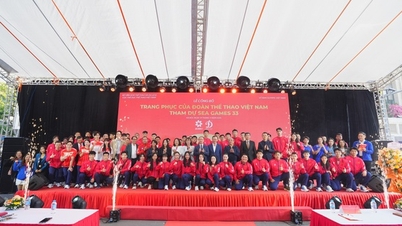

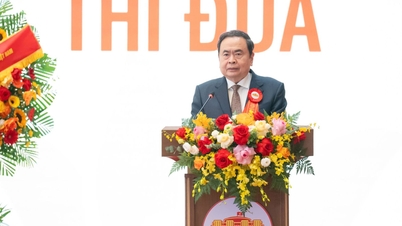






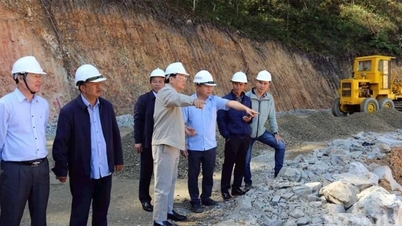















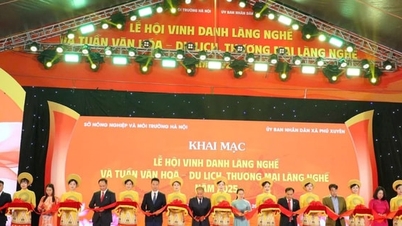





Comment (0)